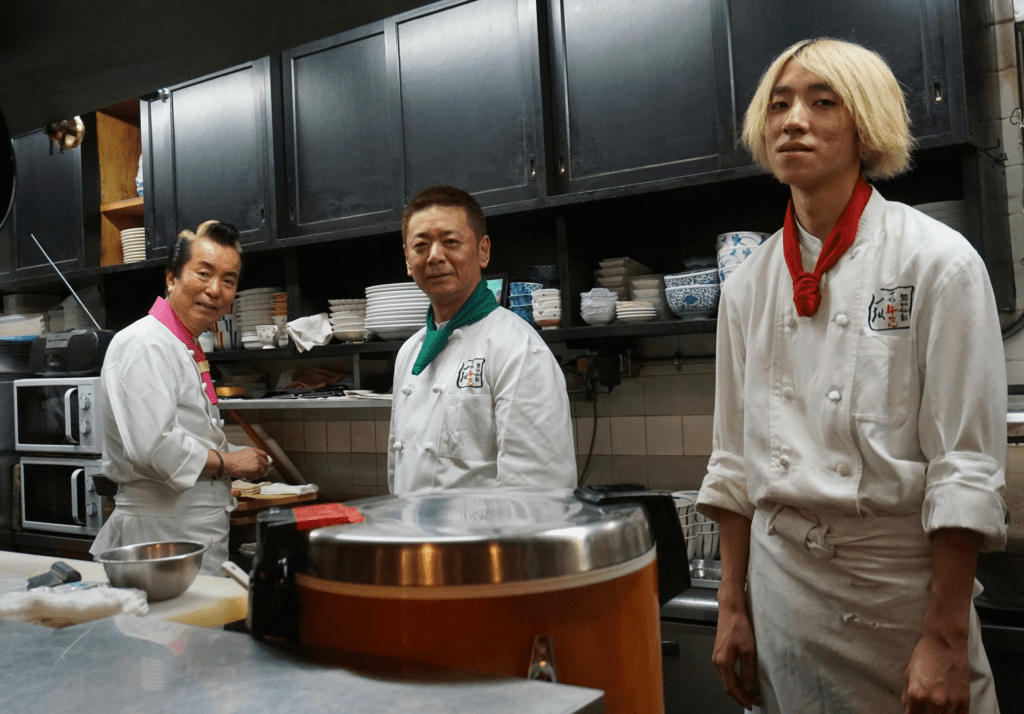The Pastry World Cup is a prestigious global event that takes place every two years, and it brings together the best pastry chefs from around the world. Teams from different countries, including Egypt, Mauritius, South Korea, and many more, participate in this exciting competition where the goal is to create the most impressive and delicious desserts. The 2025 Pastry World Cup took place on January 20 and 21, and in a thrilling conclusion, Japan emerged as the champion, defeating France in a spectacular showcase of skill and creativity.
The competition is a huge deal for the pastry chefs, as they spend years training and perfecting their craft for this very moment. It is not just about baking; it is about representing their countries on the world stage, showing off their culinary talents, and creating desserts that reflect their cultural heritage. While it may not have the same level of fame as the Soccer World Cup, the Pastry World Cup holds significant importance for those who take part in it.

This year’s competition featured 21 teams, and each team consisted of three members. These three chefs specialized in different areas: chocolate, ice, and sugar. The teams were challenged to create three distinct desserts: a frozen dessert, a restaurant-style dessert that could include a special garnish added at the judging table, and a showpiece made entirely of chocolate. To make things even more intense, the teams only had five hours to complete their tasks.
The pressure was high, but the chefs delivered spectacular creations. The desserts were not only delicious but also showcased the unique ingredients, flavors, and designs of the countries they represented. Team China, for example, created an intricate sugar dragon, a symbol of good fortune and strength in Chinese culture. The dragon, made from sugar, was both beautiful and delicate, requiring expert skill and precision to craft. The chefs from Mexico, on the other hand, incorporated chocolate, corn, and other traditional Mexican ingredients into their desserts, offering a taste of their rich culinary heritage. The desserts from both teams were not only eye-catching but also full of flavors that reflected their country’s history and traditions.
While the focus was on the desserts, the teams also dressed to represent their countries, adding a fun and cultural touch to the competition. The French team wore classic Breton striped shirts and berets, which are iconic elements of French fashion. Mexico’s chefs wore colorful Day of the Dead-inspired sugar skull masks, celebrating one of the country’s most important cultural holidays. Team UK’s chefs sported newsboy caps and bow ties, which gave their desserts a charming, traditional look. These outfits helped make the event feel even more festive and connected the chefs to their countries in a visual way.
One of the most exciting aspects of the Pastry World Cup is that it’s not just about baking skills. It’s about creativity and innovation. The chefs don’t just create regular desserts—they make them into pieces of art. Each dessert tells a story, whether it’s about the country’s culture, history, or food traditions. The frozen desserts were especially challenging because they had to be both visually stunning and able to withstand the intense pressure of being judged within five hours. It was a test of skill, precision, and the ability to think quickly while under pressure.
Team Japan, who won the competition this year, impressed the judges with their exceptional technical skills, creative designs, and ability to incorporate traditional Japanese ingredients into their desserts. Japan’s chefs are known for their attention to detail, and it showed in their creations. The team’s frozen dessert, restaurant dessert, and show chocolate were all beautifully designed and perfectly executed. Their win was a testament to the dedication, hard work, and passion that they put into their craft.
The competition took place at a high level, with every team bringing their best efforts to the table. Each country showcased its unique approach to pastry, offering a variety of flavors, techniques, and presentations. The competition highlighted the global nature of pastry, with chefs coming together to share their love for food and their desire to showcase their country’s culinary skills.
As the competition came to a close, Team Japan stood proudly with their winning trophy, a symbol of their excellence in pastry arts. The team’s victory was a historic moment for Japan, as it marked the first time the country had won the prestigious title. The victory was not just a personal achievement for the chefs, but a proud moment for Japan as a whole, showcasing their rich culinary traditions and innovative approach to pastry.
The Pastry World Cup is not just a competition—it’s a celebration of culture, creativity, and the art of pastry making. It brings together chefs from around the world who share a common love for food and a desire to showcase their talents. This event proves that food is not just something we eat—it’s a form of art that tells stories, connects people, and brings cultures together.
While the next Pastry World Cup will take place in two years, this year’s event was one to remember. Japan’s victory over France was the highlight of the competition, but every team left a lasting impression with their amazing creations. It’s clear that the world of pastry is full of talent, innovation, and passion, and the next competition will surely bring even more exciting creations to the table.
For those who appreciate the art of pastry and the joy it brings, the Pastry World Cup is a must-watch event. It’s an inspiring reminder that with hard work, dedication, and creativity, anything is possible. The chefs who compete in this event are not just bakers—they are artists who use sugar, chocolate, and ice as their medium to create beautiful, edible masterpieces.